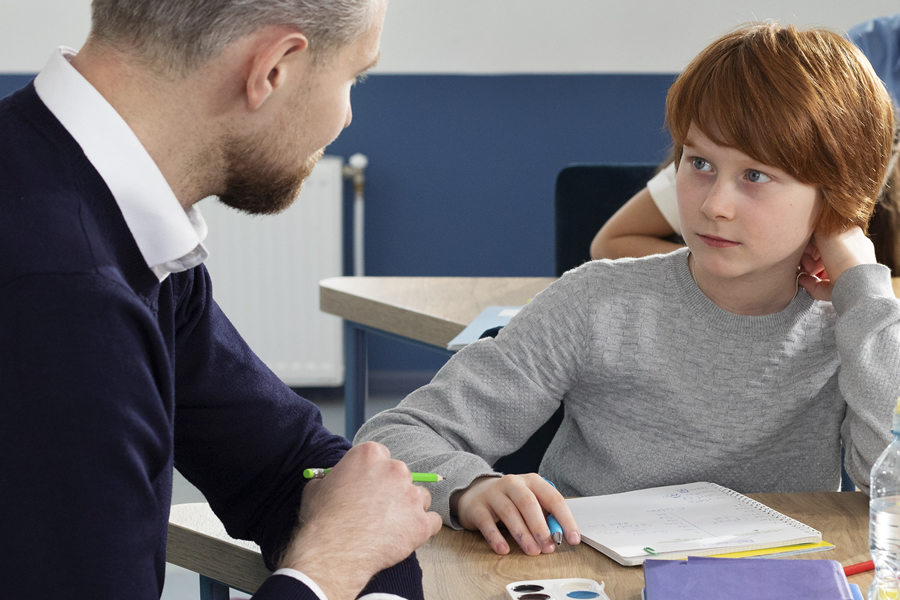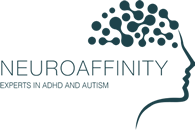Managing ADHD (Attention Deficit Hyperactivity Disorder) and ASD (Autism Spectrum Disorder) often involves a combination of traditional therapies, such as medication and behavioral therapy. However, holistic treatments, which focus on the whole person rather than just symptoms, can complement conventional approaches to improve overall well-being. These methods address physical, emotional, and social aspects of health, empowering individuals to lead more balanced and fulfilling lives.
This article explores evidence-based holistic treatments for ADHD and ASD and how they can enhance standard care plans.
- The Role of Diet and Nutrition
Research indicates that diet can significantly impact brain function and behavior in individuals with ADHD and ASD. Nutritional deficiencies or sensitivities to certain foods may exacerbate symptoms.- Omega-3 Fatty Acids: Studies show that omega-3 supplementation can improve focus and reduce hyperactivity in individuals with ADHD (Bloch & Qawasmi, 2011).
- Elimination Diets: Removing common allergens like gluten or artificial additives may alleviate behavioral symptoms in children with ASD (Stevenson et al., 2010).
- Micronutrients: Adequate levels of zinc, iron, and magnesium are essential for cognitive and emotional regulation.
Practice: Work with a nutritionist to design a balanced diet or explore supplementation under medical supervision.
Reference: Bloch, M. H., & Qawasmi, A. (2011). Omega-3 fatty acid supplementation for the treatment of children with ADHD symptomology: Systematic review and meta-analysis. Journal of the American Academy of Child and Adolescent Psychiatry, 50(10), 991-1000.
- Mindfulness and Meditation
Mindfulness practices help individuals increase emotional awareness, reduce stress, and improve focus, making them particularly beneficial for ADHD and ASD.- For ADHD: Mindfulness meditation has been shown to enhance attention and reduce impulsivity in children and adults with ADHD (Cairncross & Miller, 2020).
- For ASD: Mindfulness-based interventions can improve self-regulation and decrease anxiety in individuals with ASD (Hwang et al., 2015).
Practice: Introduce mindfulness exercises such as deep breathing, body scans, or guided meditations into daily routines.
Reference: Hwang, Y. S., et al. (2015). Mindfulness-based intervention for improving emotion regulation, academic performance, and mental health in adolescents with ASD. Journal of Autism and Developmental Disorders, 45(9), 2741-2754.
- Physical Activity
Regular physical activity offers numerous benefits for individuals with ADHD and ASD, including better mood regulation, improved focus, and reduced hyperactivity.- Aerobic Exercise: Helps regulate neurotransmitters like dopamine, which play a crucial role in ADHD (Pontifex et al., 2013).
- Yoga and Martial Arts: These practices combine physical activity with mindfulness, benefiting emotional regulation and sensory integration in individuals with ASD.
Practice: Encourage activities such as swimming, cycling, or yoga, tailored to the individual’s interests and sensory preferences.
Reference: Pontifex, M. B., et al. (2013). Exercise improves behavioral, neurocognitive, and scholastic performance in children with ADHD. Journal of Pediatrics, 162(3), 543-551.
- Sensory Integration Therapy
Sensory challenges are common in individuals with ASD and can contribute to emotional dysregulation and behavioral difficulties. Sensory integration therapy helps individuals process and respond more effectively to sensory stimuli.- Tactile Strategies: Weighted blankets and sensory toys can provide calming input.
- Tactile Strategies: Weighted blankets and sensory toys can provide calming input.
Practice: Work with an occupational therapist to create a sensory-friendly environment tailored to the individual’s needs.
Reference: Schaaf, R. C., et al. (2018). Efficacy of occupational therapy using sensory integration for children with autism. Journal of Autism and Developmental Disorders, 48(2), 423-431.
- Nature-Based Therapies
Spending time in nature can have profound therapeutic effects on individuals with ADHD and ASD.- Green Space Exposure: Research suggests that time spent in green spaces reduces ADHD symptoms like inattention and hyperactivity (Taylor & Kuo, 2011).
- Equine Therapy: Interaction with horses has been shown to improve social communication and reduce anxiety in individuals with ASD (Trzmiel et al., 2019).
Practice: Incorporate outdoor activities such as hiking, gardening, or equine therapy into weekly schedules.
Reference: Taylor, A. F., & Kuo, F. E. (2011). Could exposure to nature reduce ADHD symptoms? Evidence from children’s play settings. Applied Psychology: Health and Well-Being, 3(3), 281-303.
- Emotional and Creative Outlets
Art and music therapy offer non-verbal ways for individuals with ADHD and ASD to express emotions and process experiences.- Music Therapy: Enhances emotional regulation and social interaction in individuals with ASD (Gold et al., 2006).
- Art Therapy: Provides a creative outlet for managing stress and exploring emotions in individuals with ADHD.
Practice: Engage in structured art or music therapy sessions led by trained professionals.
Reference: Gold, C., et al. (2006). Music therapy for autistic spectrum disorder: Meta-analysis. Autism, 10(3), 205-216.
Combining Holistic and Conventional Treatments
Holistic treatments are not a replacement for traditional therapies but can complement them to address the diverse needs of individuals with ADHD and ASD. Combining medication, behavioral therapy, and holistic practices creates a more balanced and personalized approach.
How Neuroaffinity Supports Holistic Treatments
At Neuroaffinity, we recognize the importance of treating the whole individual, not just their symptoms.
Contact us today to learn how our comprehensive approach can support you or your loved one on the journey to better health.
References
- Bloch, M. H., & Qawasmi, A. (2011). Omega-3 fatty acid supplementation for the treatment of children with ADHD symptomology: Systematic review and meta-analysis. Journal of the American Academy of Child and Adolescent Psychiatry, 50(10), 991-1000.
- Cairncross, M., & Miller, C. J. (2020). The effectiveness of mindfulness-based interventions for ADHD: A meta-analytic review. Journal of Attention Disorders, 24(5), 627-643.
- Gold, C., et al. (2006). Music therapy for autistic spectrum disorder: Meta-analysis. Autism, 10(3), 205-216.
- Hwang, Y. S., et al. (2015). Mindfulness-based intervention for improving emotion regulation, academic performance, and mental health in adolescents with ASD. Journal of Autism and Developmental Disorders, 45(9), 2741-2754.
- Pontifex, M. B., et al. (2013). Exercise improves behavioral, neurocognitive, and scholastic performance in children with ADHD. Journal of Pediatrics, 162(3), 543-551.
- Schaaf, R. C., et al. (2018). Efficacy of occupational therapy using sensory integration for children with autism. Journal of Autism and Developmental Disorders, 48(2), 423-431.
- Taylor, A. F., & Kuo, F. E. (2011). Could exposure to nature reduce ADHD symptoms? Evidence from children’s play settings. Applied Psychology: Health and Well-Being, 3(3), 281-303.

Talhah Malik
Dr Talhah Malik is a Consultant Forensic Psychiatrist specialising in ADHD and autism. He leads secure inpatient services, provides medico-legal assessments, and is passionate about evidence-based, person-centred care.


